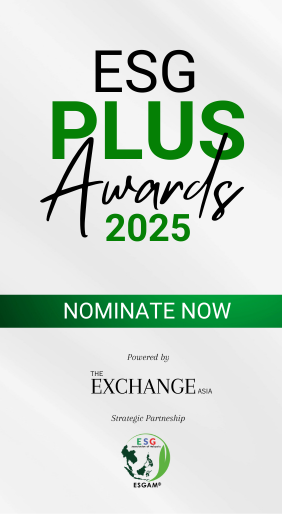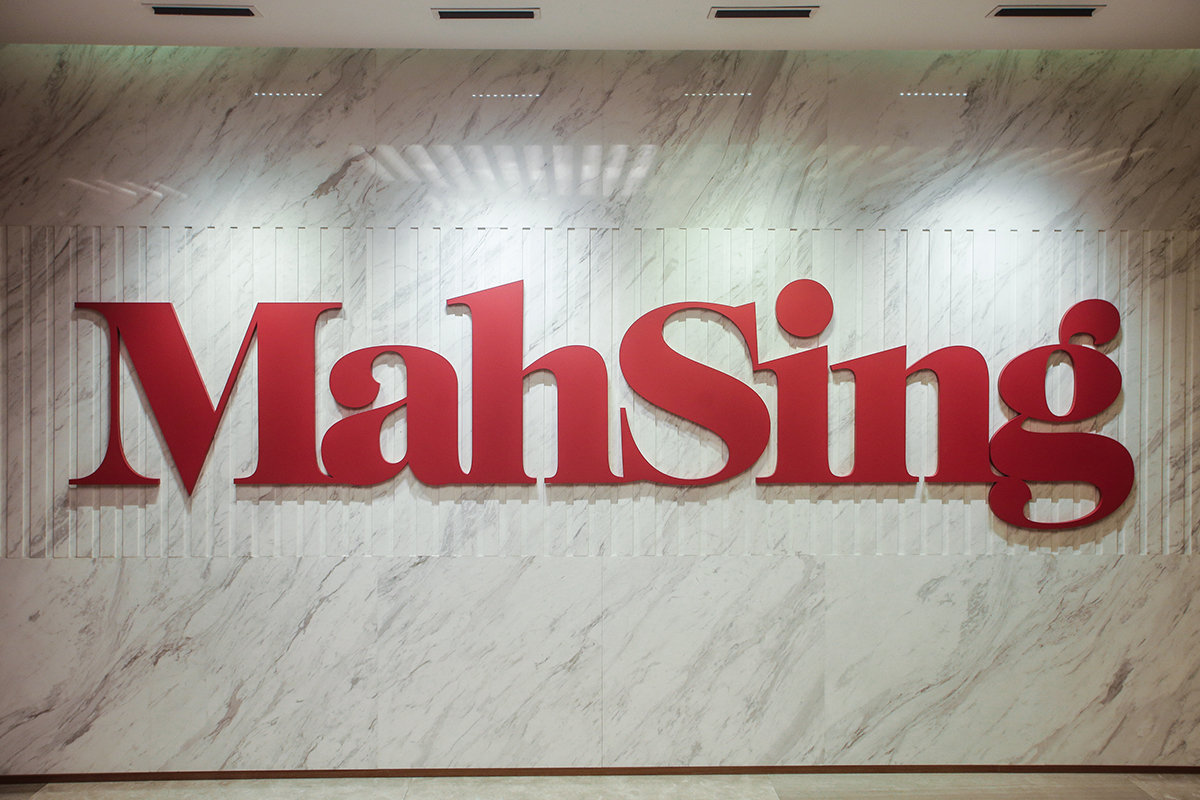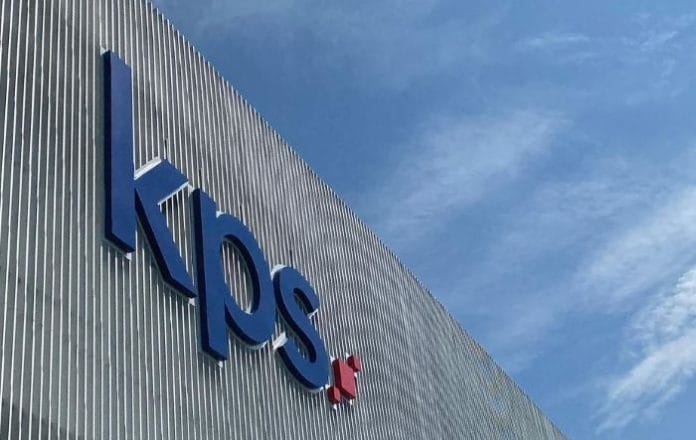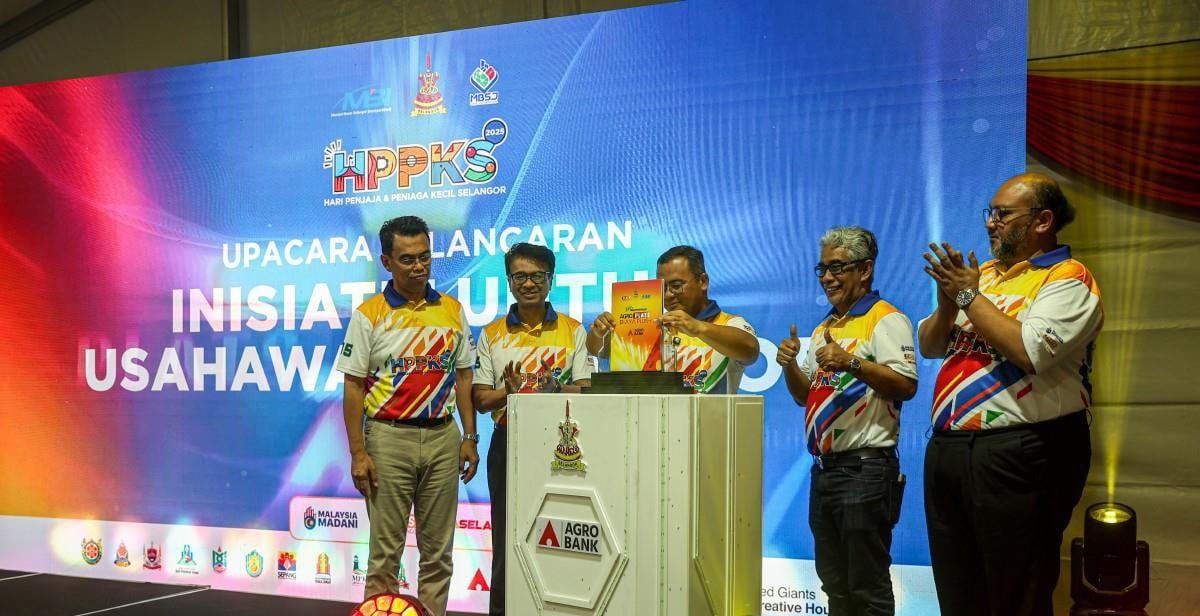In recent years, the world has been jumping on the renewable energy (RE) bandwagon, with more people adopting sustainable practices in multiple aspects of their businesses and lives. So far, the most common type of renewable green energy (RE) has been solar energy, as it is known to be the cleanest and most abundant RE source.
However, certain countries are already taking the next step in developing a more sustainable, cleaner energy that could also be easily accessible and affordable: hydrogen.
Back in October 2023, the Malaysian government launched its Hydrogen Energy and Technology Roadmap (HETR) which outlines initiatives to strategically position the country in the centre of the global hydrogen ecosystem.
As highlighted in the HETR, Prime Minister Datuk Seri Anwar Ibrahim said that hydrogen has a huge potential to be the cornerstone for new energy and economic driver for Malaysia and that developing this potential requires investment in hydrogen technologies to promote domestic consumption, ensure generation stability, provide security of affordable energy, sustain international energy trading, and decarbonise emissions.
“I am delighted that the Ministry of Science, Technology and Innovation (MOSTI) created the HETR to guide the development of Malaysia’s hydrogen economy (and) pave the way to achieving environmentally sustainable, long-term energy security for Malaysia, driven by technological innovation,” he said.
Anwar added that the roadmap provides a clear deployment pathway to scale up hydrogen economy and technology to drive both supply and demand, simultaneously.
“We need to invest in new infrastructure to develop and distribute hydrogen to expand its economy of scale, as well as in new technologies and cultivating talents,” he continued.
Echoing this sentiment, MOSTI Minister Chang Lih Kang expressed the government’s intention to position Malaysia as a global leader in the emerging hydrogen economy by 2050, leading the ASEAN region and establishing a robust presence in the hydrogen to the Asia Pacific region, thereby promoting energy security, affordability and sustainability to the country.
“I believe that hydro is the way forward. Even now, globally, there are quite a number of countries that have already started in developing their hydrogen economy. Given our advantage in green hydrogen production, we’re also looking to become the regional leader in this very attractive and lucrative hydrogen economy.
“Other countries such as Japan in 2017, Australia in 2019 and Singapore in 2022, have launched their national hydrogen strategies in recent years, so it was timely for Malaysia to do the same,”
Chang said in an exclusive interview with The Exchange Asia.

According to Chang, the global green hydrogen market is projected to reach a staggering US$189.19 billion by 2050, with Asia Pacific accounting for 43% of this market, followed by ASEAN with 13%, and Malaysia at 2%.
By tapping into this market, Malaysia has the potential to generate revenues estimated to be worth at least RM905 billion by 2050, under what is known as the Emission Driven Scenario (EDS) that comes with interventions through the introduction of hydrogen in the economy and has decarbonisation targets of 5%-10% greenhouse gas emission (GHG) reduction.
Chang also revealed that Sarawak has been taking the lead in driving Malaysia’s hydrogen economy forward through smart joint ventures and project investments, as the state already has access to low-cost renewable electricity from hydropower.
“Similar to other types of technology, during the initial stages, everything is about costs, and it can get a bit expensive to develop and implement. However, looking at the progress of (hydrogen) technology, eventually, we will come to a point where we can reach the level of feasibility in the ecosystem.
“If we look at other countries’ experiences, we can already witness successful case studies and examples to show that hydro tech really works wonders as an alternative clean fuel. Not only in mobility but also in other heavy industries that would utilise large amounts of energy,” Chang elaborated.
Achieving HETR’s ‘Ambitious Target’
By implementing the initiatives outlined in the HETR, the government is expecting to generate about RM12.1 billion in national revenue by 2030 through a ‘Build Some, Buy Some’ concept where certain available technologies are demonstrated, scaled-up and deployed first (Build Some) and complementary external technologies are to be procured (Buy Some).
This concept is also crucial in achieving low hydrogen generation costs in the global market for the development of a complete economic ecosystem.
“Under EDS, the HETR projects that RM12.1 billion in revenue will be generated from using hydrogen in industrial sectors, specifically non-energy and heat applications.
“By 2030, the use of hydrogen is expected to be up to 32.297 TWh (Tera Natt-hours) in non-energy applications, followed by up to 1.068 TWh for industrial heat boilers. This will also result in a projected 1.3% GHG reduction by 2030. Additionally, the cost of green hydrogen, from water through RE (solar, hydropower, etc) or bio-based feedstocks, will be between US$1.35-4.82 per kg by 2030,” Chang explained.
He continued by saying that Sarawak has already established 2 hydrogen production plants, with expectations of exporting 240,000 tonnes of hydrogen to Japan and Korea by 2028.
According to Chang, there are various other initiatives that the government is currently discussing with industry players in Borneo and the Peninsular in terms of production, storage and tech adoption.
“Because we already started on the hydrogen initiative before the roadmap was even launched, selected industry players are already in the market, but we are looking at how to further reduce the cost of production and distribution,” he said, adding that the level of adoption is crucial in making these initiatives a success.
Chang stated that the government plays an important role in educating and enlightening the public on the feasibility of hydrogen utilisation, which is the first phase of the HETR.
For this, the National Nanotechnology Centre (NNC), a division under MOSTI, is the ministry’s focal point for leading and implementing hydrogen initiatives.

Recently, the NNC hosted the National HETR Steering Committee Meeting on 25 July 2024, to which the committee is responsible for ensuring the planning and implementation of the HETR to ensure that it achieves its set targets and has a positive impact on the development of the country’s hydrogen technology and economy, in line with the aspirations of the National Energy Policy 2022-2040 (DTN).
It was also to determine the national governance for the HETR among various ministries, which included the Ministry of Finance (MOF), Ministry of Investment, Trade and Industry (MITI), Ministry of Transport (MOT), Ministry of Natural Resources and Environmental Sustainability (NRES), Ministry of Energy Transition and Water Transformation (PETRA), Ministry of Higher Education (KPT), Ministry of Housing and Local Government (KPKT), Ministry of Human Resources (MOHR), Ministry of Energy and Environmental Sustainability Sarawak (MEESty), and numerous others.
“This is part of the policy facilitation that the government plans to work on. There will be other policy facilitation in the future, such as the rationalisation of fuel subsidies, so there need to be readjustments in certain aspects to make hydrogen the preferred choice compared to fossil fuels,” Chang noted.

Resonating on this point, NanoMalaysia Bhd Chief Executive Officer Dr Rezal Khairi Ahmad expressed his hopes that the price of hydrogen fuel will reach a cost range between fossil and diesel fuel.
“Ultimately, I believe it depends on the cost of green electricity, which could come from solar or even hydroelectricity. It is expected that the cost of storing hydrogen energy will be even cheaper than storing batteries. Despite that, I think there should be some special arrangement at some point between the electricity tariff and our ambition to drive down cost,” Rezal said.
Additionally, MOSTI is coordinating discussions with international organisations such as UNIDO, which is facilitating the Global Clean Hydrogen Programme (GCHP) for Malaysia. The programme is part of an overall global programme, which includes the participation of other countries such as Algeria, Ecuador, Egypt, Namibia, Nigeria, the Philippines, and South Africa.
The GCHP for Malaysia is a 5-year implementation programme that aims to increase the institutional capacity of the country in terms of green hydrogen policy support, pilot projects, as well as knowledge sharing and management, which includes liaising with hydrogen stakeholders across ministries and agencies.
Being an agency under NNC and MOSTI, NanoMalaysia has been appointed by the NRES, the Operational Focal Point (OFP) for the GCHP for Malaysia, to be the Executing Entity of the programme.
Taking Off with Hydrogen Energy
Through the collaboration between MOSTI and NanoMalaysia, preliminary steps were taken with UMW Toyota Motor to highlight the potential of hydrogen mobility, starting off in Peninsular Malaysia with the first Mobile Hydrogen Refuelling Station (MHRS) which aims to be launched in Putrajaya during the first quarter of 2025.
“Orchestration of both the supply and demand of hydrogen is crucial to translate HETR’s goals into reality. This will demonstrate the demand for locally produced green hydrogen coupled with several fuel cell electric vehicles (FCEVs),” Chang added.
On this, Rezal, who was also present during the interview with The Exchange Asia, said that NanoMalaysia would be keen to explore partnerships with local automotive manufacturers.
“This would be very much in alignment with the key concept of ‘Build Some, Buy Some’ in the HETR, in which we leverage local as well as international expertise to fast-track the development of the hydrogen economy. The automakers would also play a key role in being part of the demand side or end-use applications of the hydrogen value chain, which is part and parcel of the purpose of the Malaysia Hydrogen Industry Alliance (MHIA).
“Should they be keen to join, we would welcome them with open arms as a member of the MHIA as they would be representing part of the demand side of the hydrogen value chain,” he said.
In a previous interview, Rezal explained that oil and gas (O&G) companies have already begun their journey in transitioning towards utilising ‘blue’ hydrogen, which is defined as fossil fuel derived with carbon capture and storage utilisation (CCUS). This allows the O&G players to partake in the hydrogen economy by utilising existing fossil fuel feedstocks.

Currently, the cost to produce green hydrogen is set at US$6 per kg, but NanoMalaysia aims to reduce the cost to US$1 per kg, which is in line with the International Renewable Energy Agency (IRENA) global target.
“Once you hit that level, the market will be extremely competitive. It will compel the industries to migrate from fossil fuel to hydrogen. This is our goal,” – NanoMalaysia CEO, Rezal Khairi.
As outlined in the HETR, the use of blue hydrogen is ultimately part of the transition process towards utilising green hydrogen. However, in addition to blue, turquoise hydrogen will provide an even greater pivoting opportunity for O&G players since it replaces CAPEX-intensive CCUS with a marketable product.
With turquoise, not only is hydrogen generated, but carbon black is produced as well, which – depending on the recipe – can be configured to graphite, graphene or even carbon nanotubes. These are all highly valuable materials for industries such as electronics, coolants and the like.
“Glass, steel, cement and fertiliser production are all industries that are currently using hydrogen, albeit the fossil-fuel-derived version (grey hydrogen). But its cleaner counterparts, such as blue, turquoise and of course green hydrogen, can serve as replacements across several major sectors including high CO2 emission industries (such as steel and cement), transportation (such as maritime shipping and aviation), as well as energy storage (especially in areas which are not rich in renewable energy),” Rezal said.
He added that implementing the correct cost measures to make hydrogen more attractive while developing the necessary infrastructure to ensure its supply will enable hydrogen to proliferate through society and the economy.
With this in mind, NanoMalaysia, through its Hydrogen EcoNanoMy programme, aims to companies focused on engaging in startups, SMEs and large hydrogen-related initiatives and solutions integrated with nanotechnology, as the programme will enable a comprehensive hydrogen ecosystem, fostering technological development, investment and collaboration.
The Future of Hydrogen in Malaysia
According to Rezal, the roadmap shows the path for the nation to capitalise on the growing hydrogen demand in countries such as Japan, China, South Korea, and other hydrogen economies in the Asia Pacific region. By exporting hydrogen through a phased approach, Malaysia anticipates potential revenues from export to be RM 20 billion in the short term (2025-2030), RM219 billion in the mid-term (2031-2040), and RM409 billion in the long term (2041-2050).
“Under the EDS, we can expect a projected 2 million tons per annum (MTPA) by 2030, which is expected to quadruple to 8 MTPA by 2040. Finally, we should expect to see this reach 16 MTPA by 2050,” he noted, saying that the revenue collections will be utilised to develop the domestic hydrogen economy over the next 3 decades towards carbon neutrality.
“With Malaysia targeting to unlock a potential revenue of RM7.7 billion for green hydrogen production in the power generation sector by 2025, it is crucial to implement and develop an ample supply of highly skilled workforce in this sector through capacity building through education, training and knowledge transfer programmes,” he opined.
On a final note, Rezal believes that critical mass adoption of hydrogen solutions in sectors such as transportation, for example, is expected to be as early as 2030, which falls under Phase 1 of the HETR (short-term phase covering the 12th and 13th Malaysia Plans from 2022 to 2030).
Meanwhile, the medium-term phase of the HETR covers the 14th and 15th Malaysia Plans from 2031 to 2040 and the long-term phase covers the 16th and 18th Malaysia Plans from 2041 to 2050.
“Throughout these phases, hydrogen will be in various ‘colours’ depending on the feedstock (eg: turquoise for pyrolysis-based, yellow for solar electricity, green from hydropower, etc). These ‘colours’ of hydrogen will be catered towards the most readily available feedstock and energy source depending on the area.
“Malaysia is rich in the right resources to generate locally derived hydrogen. As the price of renewable energy falls and manufacturing of hydrogen generation equipment (such as electrolysers) becomes less expensive, the cost of hydrogen should naturally fall as well,” Rezal concluded.






